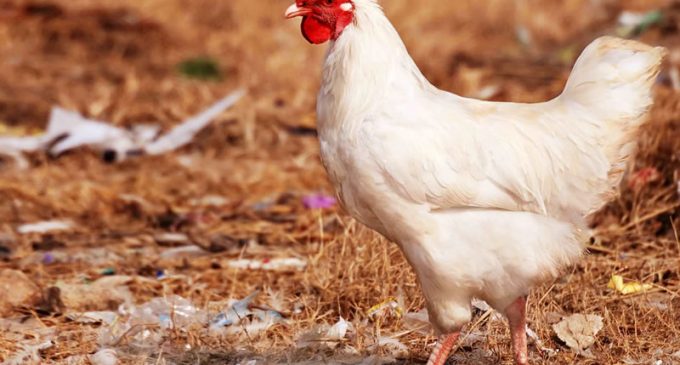Avian influenza – New Scientific Advice Boosts EU Preparedness

Migratory wild birds crossing the north-eastern and eastern border of the European Union is the most likely pathway for avian influenza to enter the territory, says EFSA (European Food Safety Authority). Experts assessed the risk of avian influenza entering the EU and reviewed surveillance approaches – which comprise monitoring by Member States and the actions they take to minimise its spread. Their scientific advice is based on a thorough review of all the information on the avian influenza outbreaks that have occurred in recent years.
“This work will enhance the EU’s preparedness for avian influenza outbreaks, just ahead of the peak influenza season in autumn and winter. It would not have been possible without the close cooperation with Member States affected by this epidemic,” says Arjan Stegeman, Chair of the Working group on avian influenza.
 One of the main recommendations is that water birds found dead should be reported to the local veterinary authorities – particularly during the influenza season.
One of the main recommendations is that water birds found dead should be reported to the local veterinary authorities – particularly during the influenza season.
Testing farmed water birds – such as ducks and geese – for avian influenza is also important because they can easily come into contact with wild birds and then spread the virus. This can be done by blood analysis of live poultry and by testing for viruses in farmed water birds found dead.
Farmers and poultry keepers should adopt appropriate management measures to increase biosecurity. These include preventing direct contact between wild water birds and poultry (by using nets or keeping poultry indoors during peak influenza season) and avoiding the movement of animals between farms.
EFSA, the European Centre for Disease Prevention and Control (ECDC), the EU reference laboratory on avian influenza and authorities in affected Member States have also published a report on the avian influenza situation in the EU and at global level. The report will be updated quarterly.

































